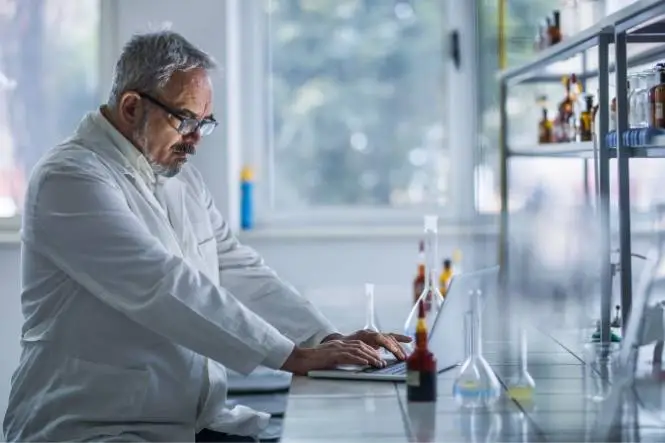When you take a digital photograph, you perhaps never think that each picture can actually be linked up to you. But new forensic computer and electronics applications mean that every single picture you take has a special ‘fingerprint’ in the pixels of each photograph.
A Forensic Scientist can find out what kind of camera was used to take this picture, which could have relevant applications in the field. Yet, how do they accomplish this task?
Understanding How a Camera Works
When you take a picture, your digital camera utilises a microchip that is sensitive to light. Known as a charge-coupled device (CCD), there are enormous numbers of wells that contain electrons. A well has a lens and colour filter, both of which are important to create a single pixel. The well also carries a charge, which is based on how much light strikes it.
Camera Software
Each camera has important software, depending on the model, that communicates the information into a functioning signal for colour and brightness. Every pixel needs to be the ‘right’ colour without affecting the colours of nearby pixels.
Putting Pixels Into Play
A research team in the United States has figured out how you can essentially work in reverse – from a pixel value in a picture – to find out how it was originally created. So far, the accuracy is thought to be approximately 90%. The manner in which the pixel was created is model-specific, which means that the camera model can be identified by working backwards from the resulting picture.
Using the Application in Practical Situations
You might still be wondering just what relevance this new research has to the field of forensic science. Well, if additional testing and research indicates success for this new technique, then investigative work can become significantly more effective.
For example, imagine that a person is kidnapped and then criminals demand a ransom. The criminals might send in a photograph of the victim to prove that the victim is alive and captive.
Detectives can then use that photograph to find out what model of camera was used to take the picture. They may even be able to figure out who purchased the camera and where it was purchased. Once they can do that, they could be right around the corner from finding the kidnappers.
Still, we all know that many of us will be owners of the same types of cameras, but despite this challenge the technique should still prove very useful. One reason it will still be a helpful technique is that the world of digital cameras is advancing at an extremely rapid rate. This means that new camera models are being produced on a very frequent basis. Typically, every year and a half sees the end of a camera’s shelf life as ‘newer’ models replace the old. In this way, the technique can still be valuable to investigators.
Future of Electronics and Forensic Science
For a lot of us, we know all about the more basic methods of forensic analysis such as DNA Evidence and General Court Proceedings. It can come as a big surprise to learn that computer applications – which cover anything from hardware and software to related electronics – can be an integral part of forensic science.
Hopefully, we’ll find out more about this technique once future tests are underway to confirm its use in forensics. While we have all heard that a ‘picture is worth a thousand words,’ it seems that today it’s worth a lot more!


